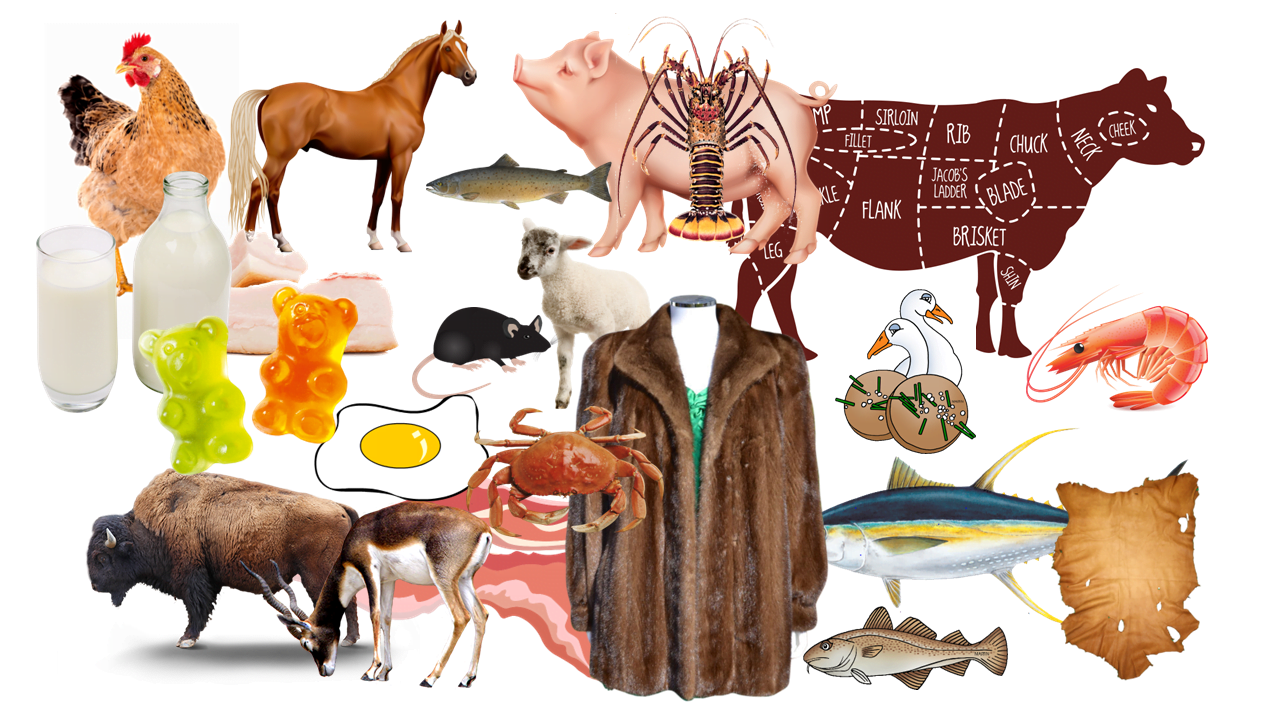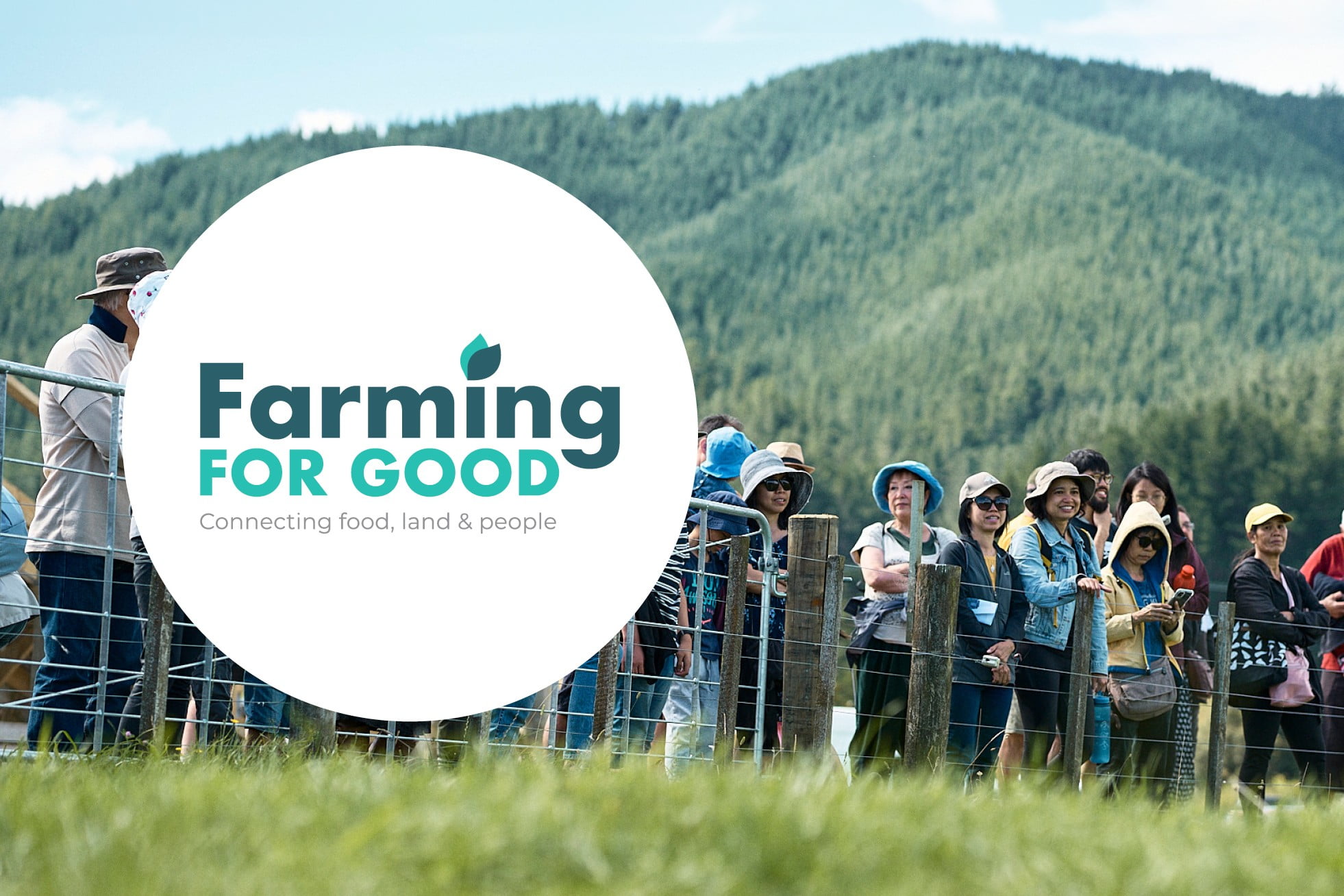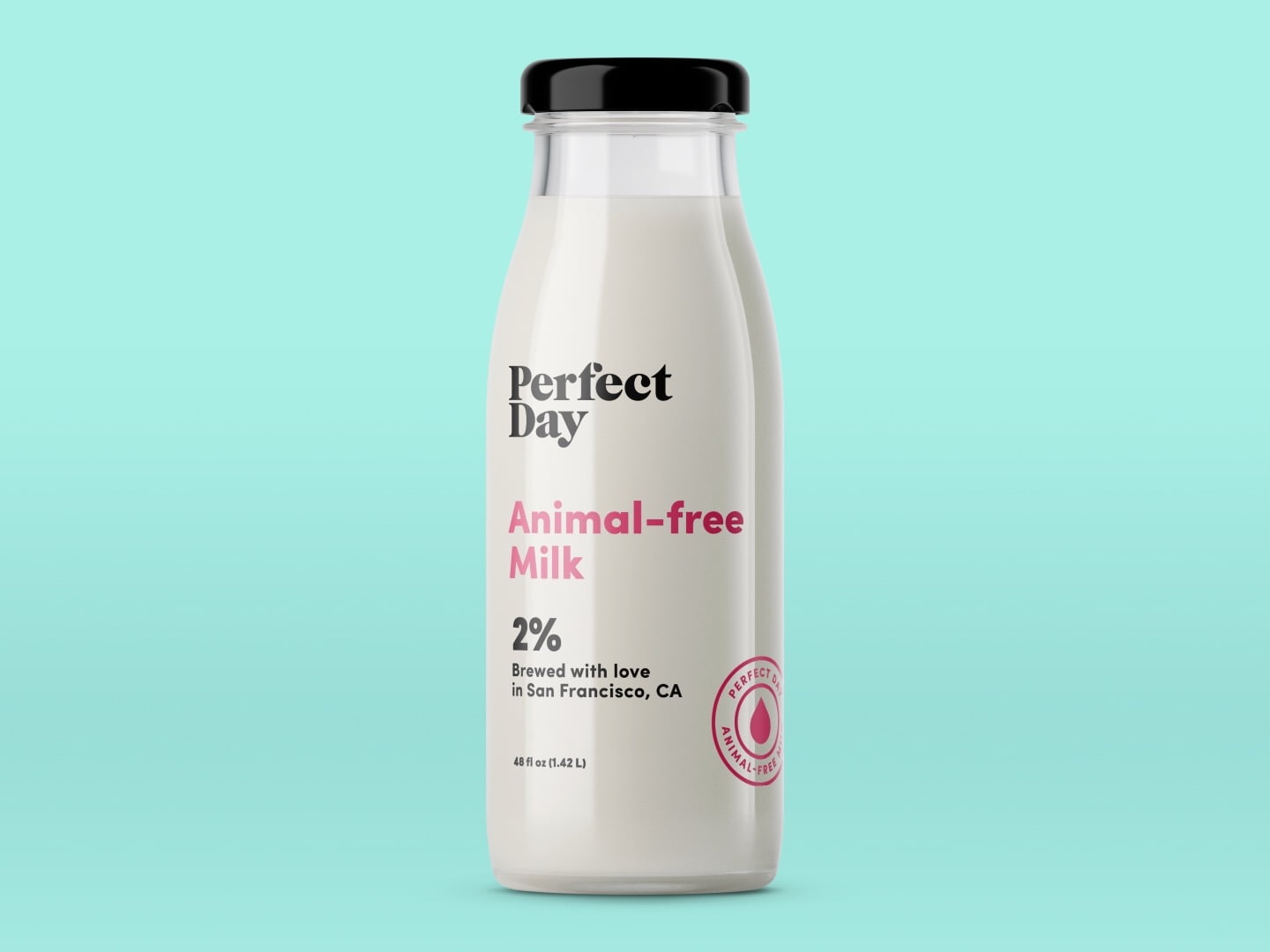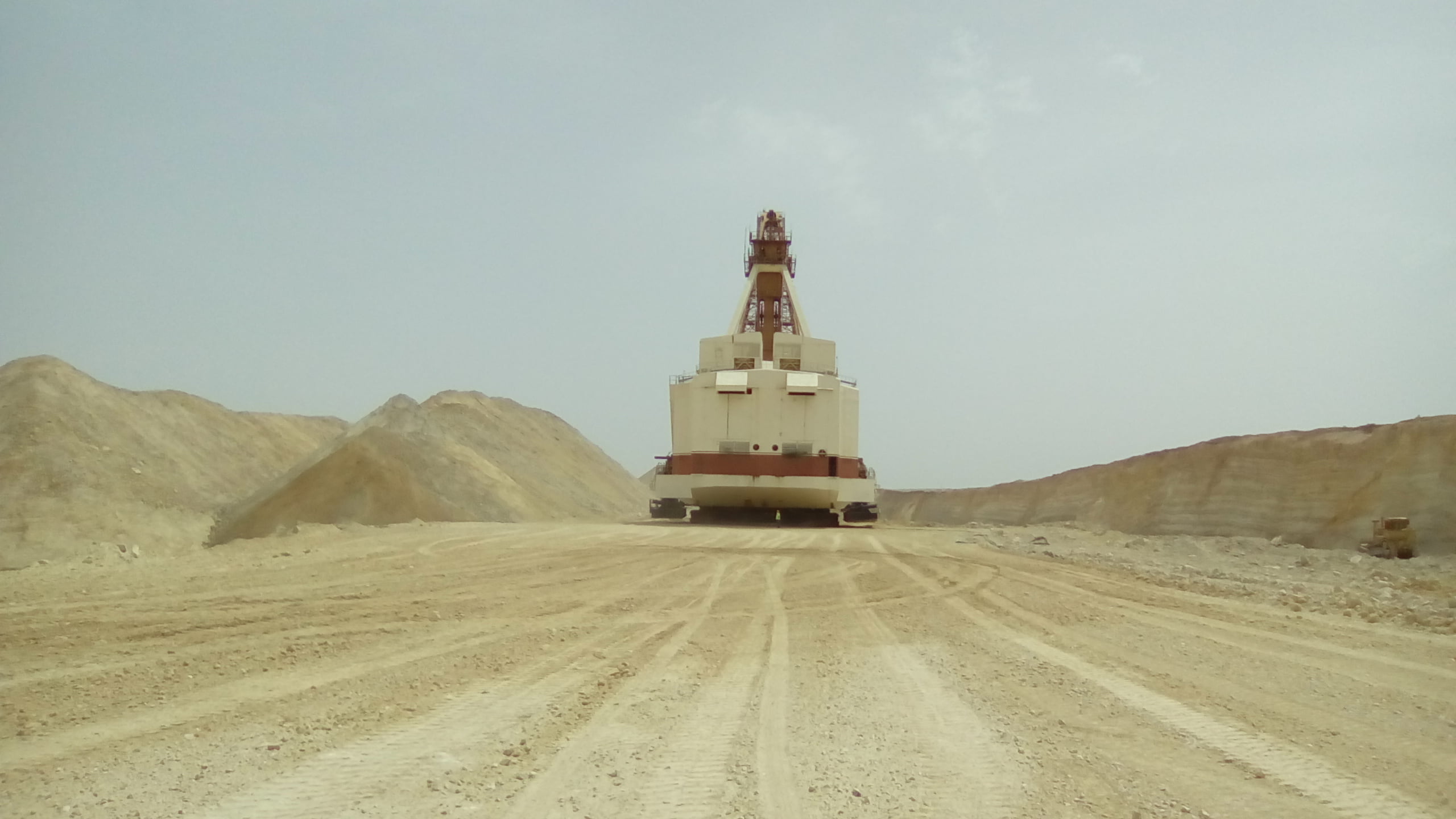Pā to Plate Project Boosted By New Decision-Support Tool for the Bay of Islands
Important steps in the Pā to Plate project so far - and announcing the launch of a tool to guide Māori land use innovation, in the Bay of Islands region via Māori Maps
The Pā to Plate project aims to reconnect Māori with their marae, through enabling descendants to purchase produce from their whenua.
The project is led by Professor Merata Kawharu, University of Otago, as part of the Mauri Whenua Ora programme within the Our Land and Water National Science Challenge.
The idea was met with an enthusiastic response from community members in Taitokerau (the Bay of Islands region) where the pilot is being developed.
Using a process named ‘Raranga: Collaboration Levels’ the Pā to Plate project started broad engagement with Māori via a tiro whānui survey shared at marae hui to identify community needs and interests from approximately 200 mana whenua and community. The project then used whanau networks to reach those who live away from their marae. Wānanga workshops brought together knowledge – importantly, including community knowledge – and debated ideas behind the project. From this, the kaupapa for the project was co-developed.
This process has identified community thought leaders, potential land uses, and helped to understand shared iwi aspirations. The process has begun to connect producers within both Māori and non-Māori enterprises with consumers locally and outside Taitokerau. This has created a powerful network of community members and businesses to co-create and implement solutions to meet the needs of the Taitokerau community.
This community includes descendants in distant urban areas, because 80-90% of Māori live away from the marae. When this dispersed kin community is able to purchase and eat kai from home, it’s hoped this will build physical, emotional, cultural and economic connections between descendants and their land, contributing to a greater sense of belonging, security and identity as tangata whenua.
When this dispersed kin community is able to purchase and eat kai from home, it’s hoped this will build physical, emotional, cultural and economic connections between descendants and their land
Pā to Plate produce will be grown on land in Maori title, such as marae gardens, kohanga reo (Maori-language preschools) and Maori land trusts, initially in the Waitangi river catchment. Marae communities will develop the production and share the value of the produce from their whenua, and as a result support regional development.
To achieve these outcomes, the project is co-designing tools and processes with Māori communities in Taitokerau and the Amokura Iwi Consortium to meet community-wide needs and economic development goals, and ensure the tools are transferable to Māori in other rohe.
Collaboration between the Amokura Iwi Consortium, the Mauri Whenua Ora research team, Maorimaps.com, Stats NZ, and Manaki Whenua, via the Maori Land Visualisation tool, has resulted in a proof-of-concept decision-support tool focusing on the Bay of Islands available at www.maorimaps.com, with new layers integrated and ready for public launch on 31 May 2018.
The decision-support tool brings together the right kinds of data to guide Māori land use innovation pathways. The tool will enable Amokura to pursue opportunities in integrated land use systems and apply kaitiakitanga where eco-systems and oranga (human health) are fundamental to outcomes in addition to economic development goals.
Development of the decision-support tool is ongoing.
—
For more on this research project, see:
- Mauri Whenua Ora
- Video presentation to the International Transdisciplinary Conference 2017
Author
 View Our Strategy Document 2019 – 2024
View Our Strategy Document 2019 – 2024



